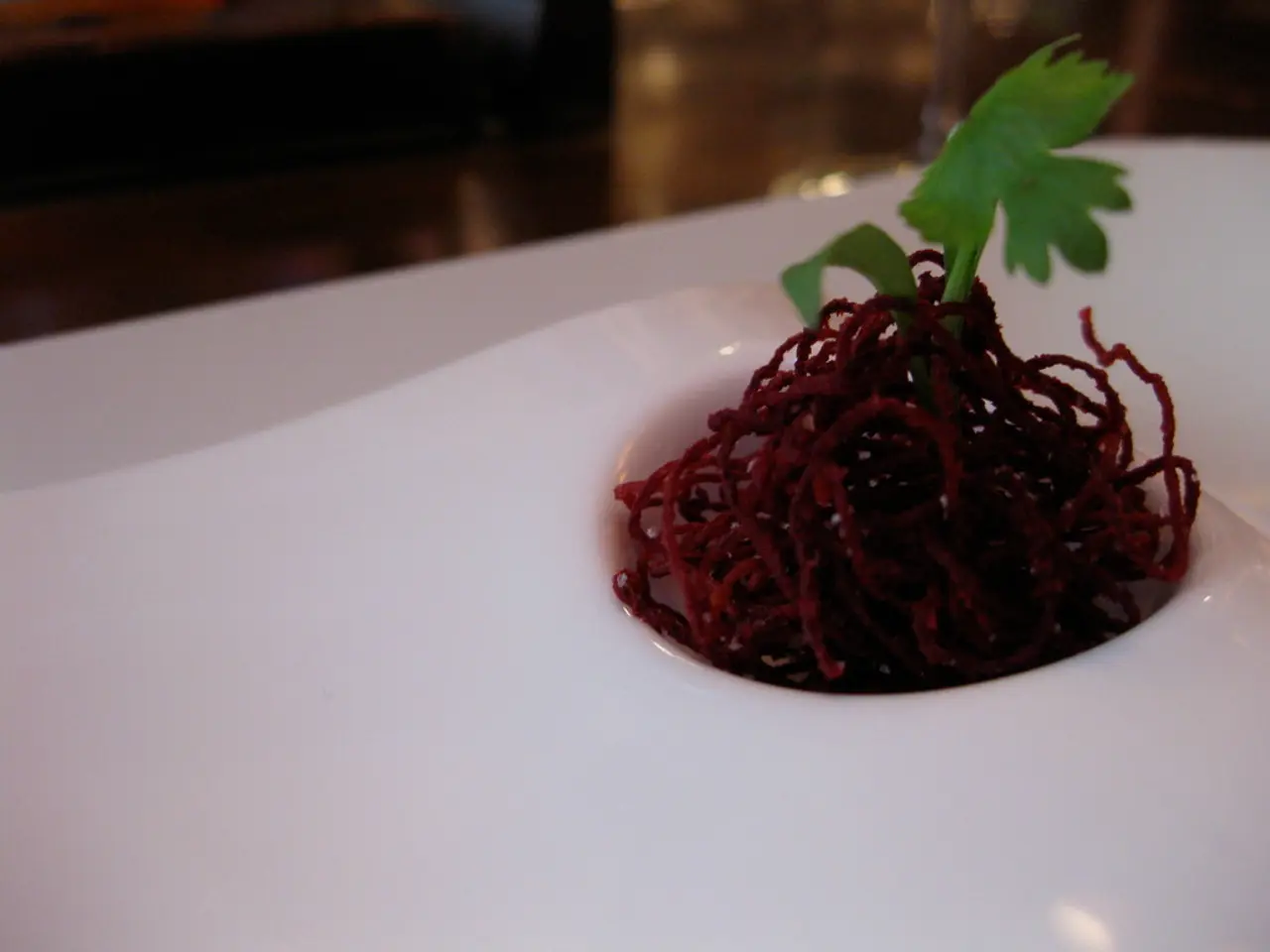Nutrient-Rich Soybean Comes to Coastal and Eastern India: Swarna Vasundhara
Swarna Vasundhara, a high-yielding and nutritious vegetable soybean variety, has been developed by the Agharkar Research Institute in Pune. This special crop is tailored for cultivation in eastern and coastal India, where it can offer significant benefits for both nutritional security and economic growth.
History and Development
Swarna Vasundhara emerged as a response to the need for a soybean variety adapted to the specific agro-climatic conditions of eastern and coastal regions. While soybean cultivation in India mostly focuses on central and western zones, this variety caters particularly to areas like West Bengal, Odisha, and coastal regions where the demand for vegetable soybeans (edamame) is on the rise. Its development aligns with efforts by agricultural research organizations aiming to expand soya production beyond traditional zones.
Farming Conditions
Swarna Vasundhara thrives in the humid, moderate temperature climates prevalent in eastern and coastal India. It is well-suited to the well-drained loamy soils typical of these regions and is typically cultivated during the Kharif season (monsoon). The variety is noted for quick returns and a relatively short maturity period, making it attractive for farmers looking for fast turnover crops.
Benefits
Swarna Vasundhara offers a higher protein content and essential minerals compared to regular soybean varieties, making it an important crop for nutritional security in the region. Economically, the crop provides high market value returns since vegetable soybean (edamame) is gaining popularity as a nutritious snack and cooking legume, capable of fetching premium prices. The variety is also tailored to local climatic and soil conditions, enhancing yield stability and reducing crop failure risks.
Cultivation and Care
Local selling prices for fresh Swarna Vasundhara pods range from Rs. 150 to Rs. 200 per kilogram. To ensure healthy nitrogen fixation, the soil for Swarna Vasundhara cultivation should be enriched with compost or farmyard manure. Swarna Vasundhara fits well into small fields and kitchen gardens due to its bushy growth habit.
Future Outlook
With support through extension services, seed availability, and local market linkages, Swarna Vasundhara may well become a mainstream crop in India's eastern agricultural belt. Basic training on crop timing, seed treatment, and canopy management can help growers avoid problems with vegetable soybeans. The vegetable soybean crop is fast-growing but perishable, requiring precise harvesting and quick market delivery. Early harvesting, prompt local sales, and using non-toxic pest control enhance both safety and profits for vegetable soybean growers.
In summary, Swarna Vasundhara represents a strategic soybean variety adapted to eastern and coastal Indian agro-ecology, combining high nutritional content, economic viability, and farming suitability to benefit regional farmers by providing a niche but profitable crop option.
Science plays a crucial role in the development of Swarna Vasundhara, a high-yielding and nutritious vegetable soybean variety. This crop is not only beneficial for nutritional security but also for economic growth, as it aligns with efforts to expand soya production beyond traditional zones. The health-and-wellness industry, particularly food-and-drink and healthy-cooking, sees Swarna Vasundhara as a valuable resource due to its high protein content and essential minerals. Cultivation of this crop can contribute to a wholesome lifestyle, as it offers a nutritious snack and cooking legume.




